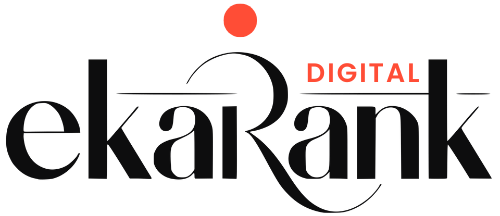Introduction
In July 2014, Google introduced the Pigeon Update, a local search algorithm update designed to improve how local search results are processed and displayed. The update significantly altered local SEO by tying it more closely to traditional ranking signals and refining the accuracy of local results.
Named “Pigeon” by the SEO community, this update aimed to reward businesses with stronger local optimization practices, enhancing the relevance of local search results for users.
What Changed with the Pigeon Update?
- Closer Integration with Core Algorithm
- Local search became more reliant on Google’s core algorithm, incorporating traditional ranking factors like domain authority, backlinks, and on-page SEO.
- Improved Local Listings
- The update improved the quality and relevance of local search results, including Google Maps listings.
- Businesses located closer to the searcher’s physical location gained higher visibility.
- Refined Location and Distance Factors
- Search results were more accurately tied to the user’s geographical location and proximity to businesses.
- This benefited hyper-local businesses serving a specific neighborhood or region.
- Impact on Local Directories
- Local directories like Yelp, TripAdvisor, and other aggregators saw a boost in rankings, often appearing higher than individual business websites.
Impact on SEO
- Winners:
- Businesses with optimized Google My Business (GMB) profiles.
- Local directories and aggregators with strong domain authority and consistent NAP (Name, Address, Phone) information.
- Losers:
- Businesses with incomplete or poorly optimized local profiles.
- Sites lacking consistent local citations or struggling with inaccurate location data.
Lessons Learned from the Pigeon Update
- Optimize Google My Business (GMB)
- Ensure your GMB profile is complete, accurate, and up to date.
- Add relevant categories, high-quality photos, and consistent operating hours.
- Focus on Local Citations
- List your business on reputable directories with consistent NAP details.
- Tools like BrightLocal or Moz Local can help manage citations effectively.
- Encourage Positive Reviews
- Solicit and manage reviews on platforms like Google, Yelp, and TripAdvisor.
- Respond to reviews promptly to enhance engagement and trust.
- Strengthen On-Page SEO for Local
- Include location-specific keywords in your meta tags, headings, and content.
- Create dedicated landing pages for each location you serve.
How to Adapt to the Pigeon Update?
- Audit Local Listings
- Regularly audit and update your business information across all online platforms.
- Remove duplicate listings and fix inconsistencies in NAP data.
- Enhance Local Content
- Create blog posts, guides, or FAQs focused on your local audience and their needs.
- Highlight community involvement or events your business supports.
- Optimize for Mobile Search
- Ensure your site is mobile-friendly, as many local searches are performed on mobile devices.
- Use responsive design and fast-loading pages to improve user experience.
- Leverage Schema Markup
- Implement local business schema to help search engines better understand your location and services.
The Legacy of the Pigeon Update
The Pigeon Update marked a significant leap in how Google handles local SEO. By aligning local search results with its core algorithm, Google emphasized the importance of relevance, proximity, and user experience in determining local rankings.
The update also reinforced the role of local directories and aggregators, encouraging businesses to adopt a more holistic approach to local optimization.
Conclusion
The Pigeon Update underscored the importance of maintaining a robust local presence both online and offline. Businesses that focus on local SEO strategies, optimize their GMB profiles, and foster community engagement are more likely to thrive in the post-Pigeon era.

